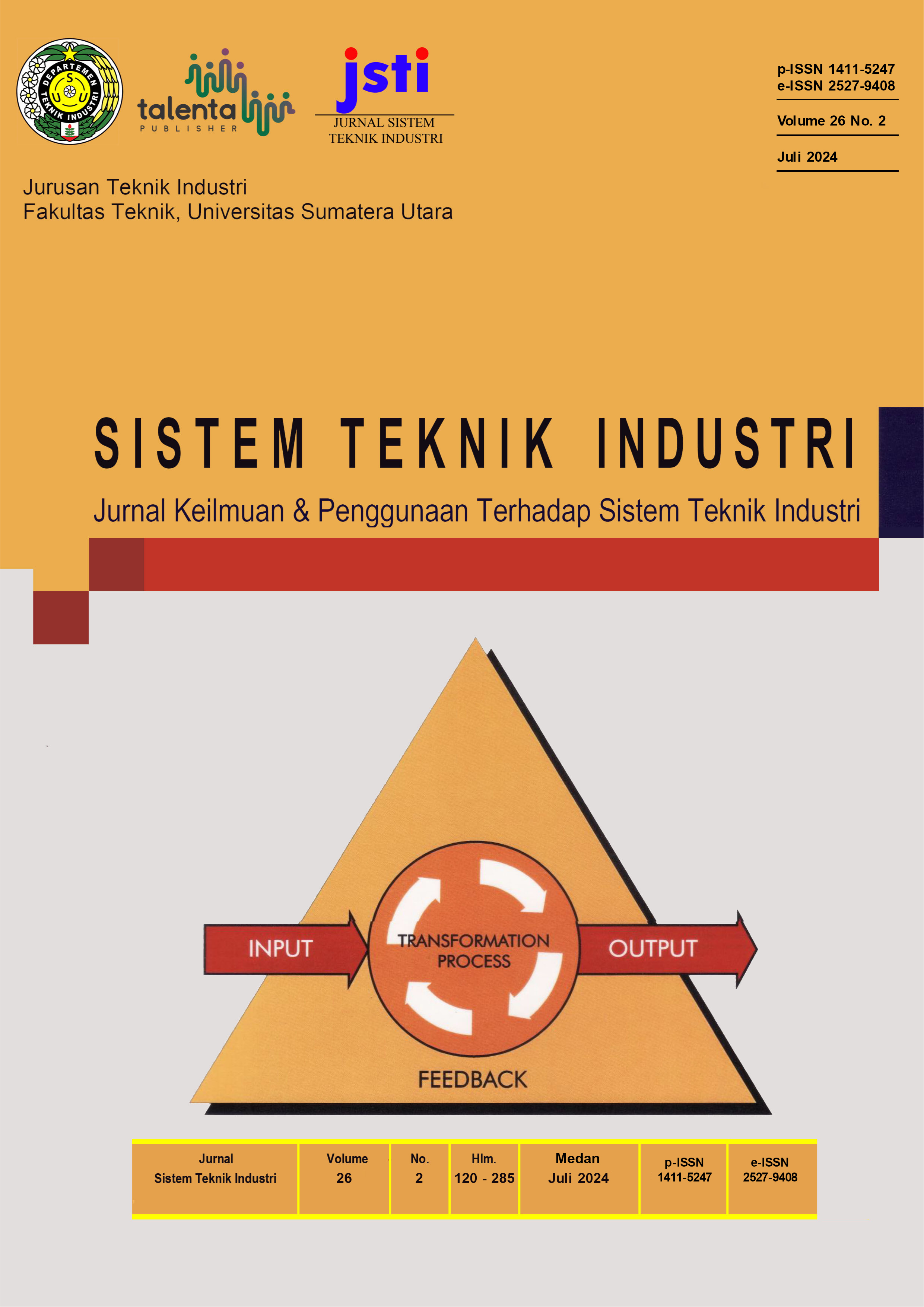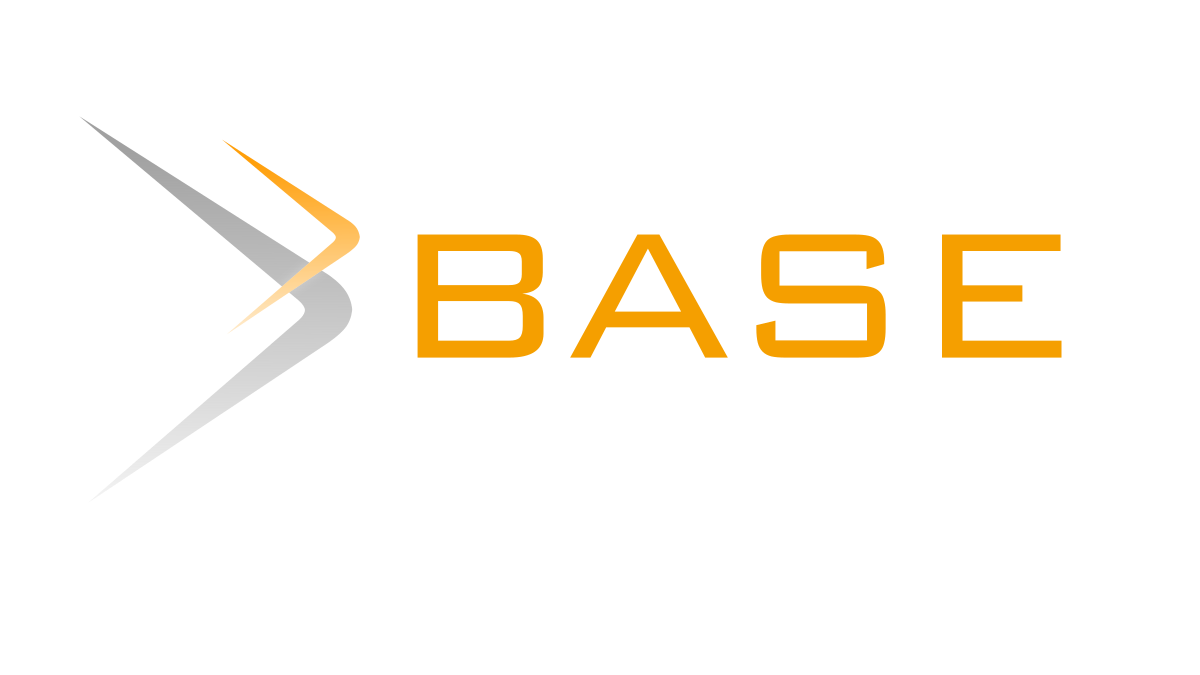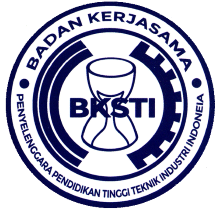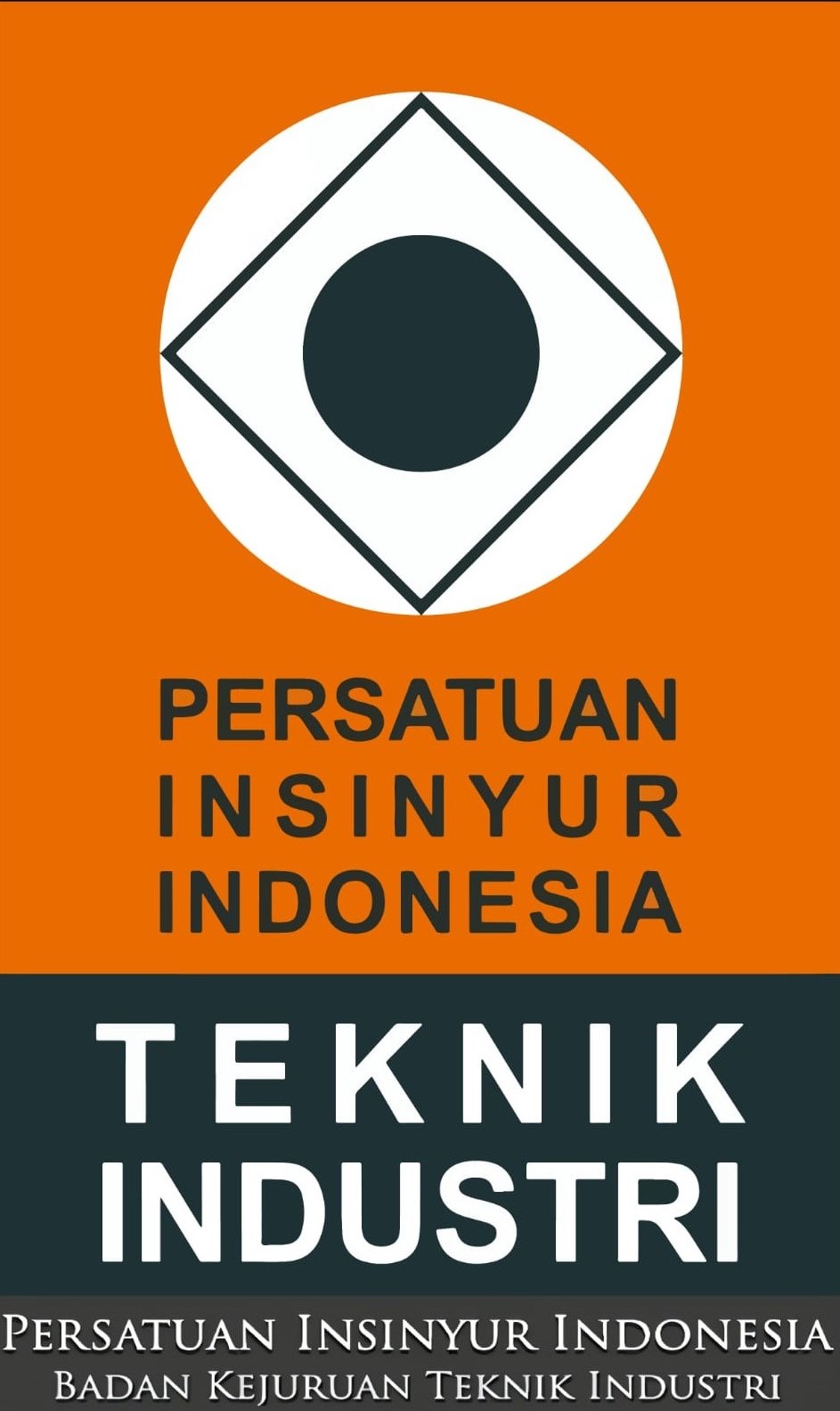Literature Review of Concurrent Engineering in Kansei Engineering and Ergonomic
DOI:
https://doi.org/10.32734/jsti.v26i2.14696Keywords:
Concurrent Engineering, Ergonomy, Literature Review, Kansei Engineering, Product DesignAbstract
This research aims to conduct a literature review on the application of the integration of Kansei engineering, ergonomics, and concurrent engineering methods in the context of product design. A systematic study of 8 scholarly journals related to the topic in the last decade indicates that combining these three methods has a positive impact on product performance and the efficiency of the development process. In conclusion, a multidisciplinary approach is highly recommended to produce innovative and highly competitive products through a faster and cost-effective process.
Downloads
References
B. Prasad, Concurrent engineering fundamentals, vol. 1. Prentice Hall PTR NJ, 1996.
G. Sohlenius, “Concurrent engineering,†CIRP annals, vol. 41, no. 2, pp. 645–655, 1992.
J. Stjepandić, N. Wognum, and W. J. C. Verhagen, “Concurrent engineering in the 21st century,†Foundations, developments and challenges. Springer, 2015.
Y.-S. Ma and T. Tong, “Associative feature modeling for concurrent engineering integration,†Comput Ind, vol. 51, no. 1, pp. 51–71, 2003.
K. C. Maddux and S. C. Jain, “CAE for the manufacturing engineer: the role of process simulation in concurrent engineering,†MATERIAL AND MANUFACTURING PROCESS, vol. 1, no. 3–4, pp. 365–392, 1986.
A. Balakrishna, R. S. Babu, D. N. Rao, D. R. Raju, and S. Kolli, “Integration of CAD/CAM/CAE in product development system using STEP/XML,†Concurrent Engineering, vol. 14, no. 2, pp. 121–128, 2006.
C. Hales and S. Gooch, Managing engineering design. Springer, 2004.
S. Albers, F. Wohlgezogen, and E. J. Zajac, “Strategic alliance structures: An organization design perspective,†J Manage, vol. 42, no. 3, pp. 582–614, 2016.
M. Nagamachi, “Kansei engineering: a new ergonomic consumer-oriented technology for product development,†Int J Ind Ergon, vol. 15, no. 1, pp. 3–11, 1995.
A. M. Lokman and K. A. Kamaruddin, “Kansei affinity cluster for affective product design,†in 2010 international conference on user science and engineering (i-user), IEEE, 2010, pp. 38–43.
T. Jindo and K. Hirasago, “Application studies to car interior of Kansei engineering,†Int J Ind Ergon, vol. 19, no. 2, pp. 105–114, 1997.
T. Nishino and M. Nagamachi, “Extraction of colour Kansei design rules using rough set analysis,†The Japanese Journal of Ergonomics, vol. 38, no. Supplement, pp. 46–49, 2002.
N. N. N. N. Ismail and A. M. Lokman, “Kansei engineering implementation in web-based systems: A review study,†in International Conference on Kansei Engineering & Emotion Research, Springer, 2020, pp. 66–76.
R. Kusumawati, MODUL ERGONOMI DAN APLIKASINYA. MEGA PRESS NUSANTARA, 2023.
T. Widodo and E. Setyawan, “Re-Desain Fasilitas Kerja Kursi Ergonomi untuk Mengurangi Risiko Musculosal Disorders Mengacu pada Nilai Antropometri di PT. X,†Jurnal Taguchi: Jurnal Ilmiah Teknik dan Manajemen Industri, vol. 1, no. 1, pp. 65–77, 2021.
S. Pheasant and C. M. Haslegrave, Bodyspace: Anthropometry, ergonomics and the design of work. CRC press, 2018.
D. B. Chaffin, B. Peacock, H. Reed, D. Bowman, C. A. Nelson, and D. D. Thompson, “Panel: Can Digital Simulations of People Improve Workspace Design?,†in Proceedings of the Human Factors and Ergonomics Society Annual Meeting, SAGE Publications Sage CA: Los Angeles, CA, 1999, pp. 1261–1265.
A. Papetti, M. Ciccarelli, A. Brunzini, and M. Germani, “Design of ergonomic manufacturing equipment by a human-centered methodology,†International Journal on Interactive Design and Manufacturing (IJIDeM), vol. 15, no. 1, pp. 107–111, 2021.
Sugiyono, Statistika untuk Penelitian. Alfabeta, 2019.
S. Sinulingga, Metode Penelitian. Medan: USU Press, 2021.
Sugiyono, Metode Penelitian Kuantitatif, Kualitatif, dan R&D. bandung: Alfabeta, 2018.
M. Z. Asyraf et al., “Development of Natural Fibre-Reinforced Polymer Composites Ballistic Helmet Using Concurrent Engineering Approach: A Brief Review,†Sustainability, vol. 14, no. 12, p. 7092, 2022.
F. Caputo, A. Greco, M. Fera, and R. Macchiaroli, “Digital twins to enhance the integration of ergonomics in the workplace design,†Int J Ind Ergon, vol. 71, pp. 20–31, 2019.
L. Gualtieri, G. P. Monizza, E. Rauch, R. Vidoni, and D. T. Matt, “From design for assembly to design for collaborative assembly-product design principles for enhancing safety, ergonomics and efficiency in human-robot collaboration,†Procedia CIRP, vol. 91, pp. 546–552, 2020.
H. Hwi-Chie, “THE APPLICATION OF CONCURRENT ENGINEERING METHOD SUPPORTED BY VIRTUAL PROTOTYPING BASED CAD AND CAE (CASE STUDY: INTEGRATED PASSENGER SEAT PRODUCT DESIGN AND ERGONOMICS ANALYSIS USING VIRTUAL PROTOTYPING),†INASEA, vol. 11, no. 2, pp. 128–134, 2010.
A. Fenech, E. Francalanza, M. A. Azzopardi, and A. Micallef, “Kansei engineering over multiple product Evolution Cycles: An integrated approach,†Procedia CIRP, vol. 84, pp. 76–81, 2019.
H. A. Jatmiko and D. S. Nugroho, “Implementing Kansei Engineering and Quality Function Deployment Method in Designing Shoes: Case Study at Rejowinangun Original Leather,†Logic: Jurnal Rancang Bangun dan Teknologi, vol. 22, no. 1, pp. 70–80, 2022.
N. Vilano and S. Budi, “Penerapan Kansei Engineering dalam Perbandingan Desain Aplikasi Mobile Marketplace di Indonesia,†Jurnal Teknik Informatika dan Sistem Informasi, vol. 6, no. 2, 2020.
Downloads
Published
How to Cite
Issue
Section
License
Copyright (c) 2024 TALENTA Publisher Universitas Sumatera Utara

This work is licensed under a Creative Commons Attribution-ShareAlike 4.0 International License.
The Authors submitting a manuscript do so on the understanding that if accepted for publication, the copyright of the article shall be assigned to TALENTA Publisher Universitas Sumatera Utara as the publisher of the journal.
Copyright encompasses the rights to reproduce and deliver the article in all forms and media. The reproduction of any part of this journal, its storage in databases, and its transmission by any form or medium will be allowed.



















